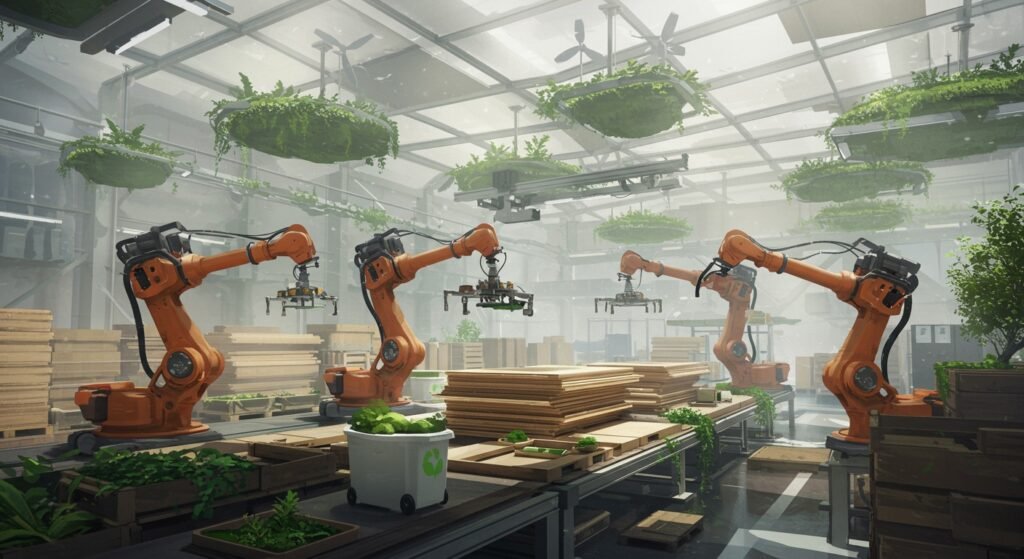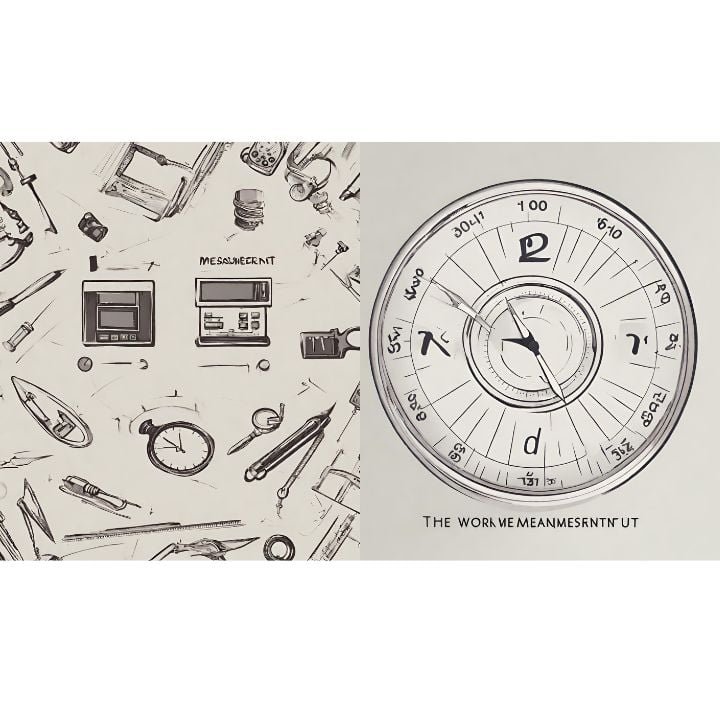Table of Contents
- What Are Green Manufacturing Techniques?
- Core Principles of Sustainable Production
- Key Green Manufacturing Techniques in Practice
- Lean Manufacturing and Waste Reduction
- Renewable Energy Integration
- Cradle-to-Cradle Design
- Sustainable Material Sourcing
- Advanced Recycling and Waste Valorization
- The Impact of Green Manufacturing on Industrial Engineering Trends
- Overcoming Challenges and Looking Ahead
- Conclusion
In an era defined by increasing environmental consciousness and resource scarcity, the manufacturing sector faces immense pressure to adopt more sustainable practices. This shift is giving rise to a critical concept: Green Manufacturing Techniques. These innovative approaches are not merely about compliance; they represent a fundamental rethinking of how products are designed, produced, and consumed, aiming to minimize environmental impact while maintaining economic viability. Embracing green manufacturing is vital for companies seeking long-term sustainability, reduced operational costs, and an enhanced brand image in the eyes of environmentally-aware consumers and investors.
What Are Green Manufacturing Techniques?
Green manufacturing, often interchangeably referred to as sustainable manufacturing, involves the creation of manufactured products through economically sound processes that minimize negative environmental impacts while conserving energy and natural resources. It also enhances employee, community, and product safety. The overarching goal is to reduce waste, pollution, and the overall carbon footprint across the entire product lifecycle, from design to end-of-life.
Core Principles of Sustainable Production
At its heart, green manufacturing adheres to several key principles:
- Waste Minimization: Reducing waste at every stage, from raw materials to final product and packaging.
- Energy Efficiency: Optimizing energy consumption and transitioning to renewable energy sources.
- Material Optimization: Using sustainable, recycled, or recyclable materials and minimizing hazardous substances.
- Product Lifecycle Thinking: Considering environmental impacts throughout a product’s entire existence.
- Pollution Prevention: Proactively preventing emissions and discharges.
Key Green Manufacturing Techniques in Practice
Implementing green manufacturing involves a diverse set of strategies and technologies. Here are some of the most impactful:
Lean Manufacturing and Waste Reduction
While lean manufacturing primarily focuses on eliminating waste (Muda) to improve efficiency and productivity, it inherently supports green objectives by reducing material usage, energy consumption, and pollution. By streamlining processes, companies can significantly cut down on scrap, rework, and unnecessary transportation, all of which have environmental benefits.
Renewable Energy Integration
Shifting from fossil fuels to renewable energy sources like solar, wind, or geothermal power is a cornerstone of green manufacturing. This not only reduces greenhouse gas emissions but can also lead to long-term cost savings as energy prices fluctuate. Many factories are now installing rooftop solar panels or sourcing energy directly from renewable grids.
Cradle-to-Cradle Design
Moving beyond the traditional ‘cradle-to-grave’ linear model, cradle-to-cradle (C2C) design focuses on designing products and processes for continuous cycles. Materials are viewed as ‘nutrients’ that circulate in closed-loop systems, either technical (reused, recycled) or biological (compostable). This minimizes waste and maximizes resource utility.
Sustainable Material Sourcing
This involves selecting raw materials that have a lower environmental footprint. This can mean choosing recycled content, rapidly renewable resources, non-toxic alternatives, or materials sourced from ethical and environmentally responsible suppliers. For example, using bamboo instead of traditional timber or recycled plastics instead of virgin ones.
Advanced Recycling and Waste Valorization
Beyond basic recycling, advanced techniques aim to extract maximum value from waste streams. This includes chemical recycling, pyrolysis, and waste-to-energy technologies. Waste valorization transforms waste into valuable resources or energy, creating a circular economy where less goes to landfills. For more insights on the broader concept, read about the principles of the circular economy.
Benefits of Adopting Green Manufacturing Techniques
| Benefit Category | Specific Advantages |
|---|---|
| Environmental Impact | Reduced carbon footprint, lower pollution, resource conservation, decreased waste to landfill |
| Economic Advantages | Lower operational costs (energy, waste disposal), increased resource efficiency, improved brand value, new market opportunities |
| Social Impact | Enhanced worker safety, improved public health, positive community relations, compliance with regulations |
| Competitive Edge | Innovation leadership, attraction of eco-conscious consumers, resilience against resource price volatility |
The Impact of Green Manufacturing on Industrial Engineering Trends
Green manufacturing has profoundly reshaped the landscape of industrial engineering. Engineers are now tasked with designing systems that are not only efficient and cost-effective but also environmentally benign. This involves integrating life cycle assessment into product development, optimizing supply chains for reduced emissions, and developing new processes for material recovery and reuse. It’s a critical trend that demands a holistic view of production from an environmental lens. The shift towards sustainability is a major driving force behind many current industrial engineering trends.
Overcoming Challenges and Looking Ahead
While the benefits are clear, adopting green manufacturing techniques presents challenges, including initial investment costs, lack of standardized metrics, and the need for new skills. However, government incentives, technological advancements, and increasing consumer demand for sustainable products are paving the way for wider adoption. The future of manufacturing is undeniably green, driven by innovation and a collective commitment to planetary well-being.
Conclusion
The transition to green manufacturing is not merely an option but a necessity for the modern industrial world. By integrating environmentally responsible practices, manufacturers can achieve operational efficiencies, reduce their ecological footprint, and build a more resilient and sustainable future. Embracing these techniques is a win-win, benefiting both businesses and the planet.


